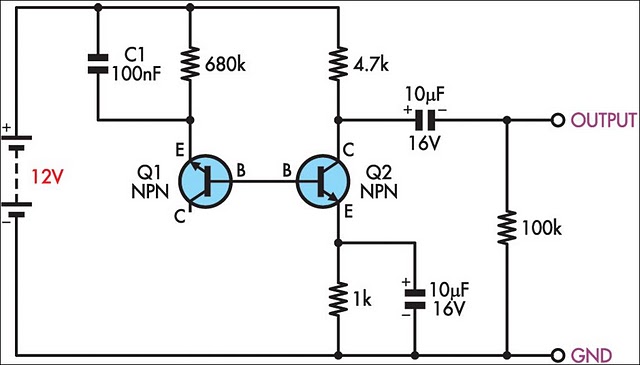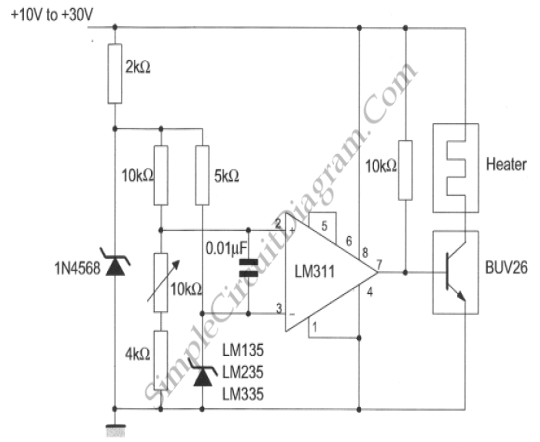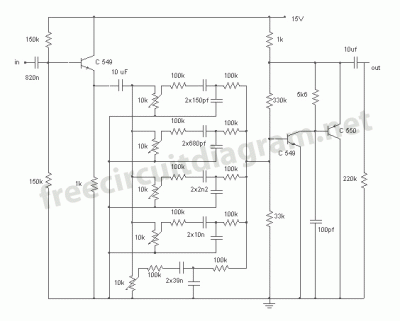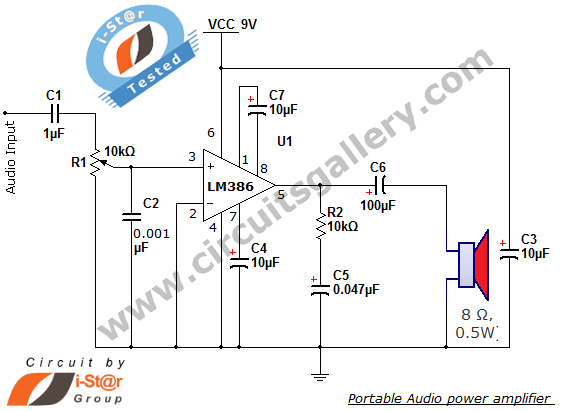
Simple Short-Circuit Detection
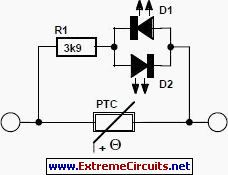
This circuit is designed for applications where over-current protection is necessary. An example can be found in the model train hobby. Experienced model train enthusiasts understand that troubleshooting a short-circuit can be quite challenging. While it is relatively easy to identify the issue on a small model railway with a single locomotive, larger layouts can cause all locomotives to come to a halt during a short-circuit, necessitating a systematic inspection of each train to locate the problem. By dividing the track into sections, this straightforward circuit can simplify the troubleshooting process. A multifuse is installed in one of the supply lines for each section. Also known as a multiswitch, polyfuse, or polyswitch depending on the manufacturer, this type of fuse cools down and resumes normal conduction once the short-circuit is resolved. The primary benefit is that only the section experiencing the short is isolated, allowing locomotives in other sections to continue operating. Although the stationary locomotive may be the source of the issue, it is possible that multiple locomotives are not moving, as not all are necessarily in operation at the same time. To indicate which section has encountered a problem, an LED indicator is connected across each multifuse. Any color LED can be used, but low-current types that produce significant light output at only a few milliamps are recommended. The value of the current-limiting resistor can be adjusted to achieve the desired brightness for the LED. When the current is low, the resistance of the multifuse remains low, resulting in minimal voltage drop. Conversely, at high currents, the resistance increases, leading to a significant voltage drop across the multifuse that is sufficient to illuminate the LED. Since the direction of current flow is unknown (as trains may operate in either direction and digital controls utilize alternating current), two LEDs are connected in parallel with opposing polarities. Multifuses are available with various trip currents; it is advisable to select a value slightly higher than the maximum current consumption of a locomotive within a section. The accompanying table provides the characteristics of several models from the MF-R series by Bourns, while Raychem is another reputable manufacturer of poly-switches. Ihold represents the current at which the multifuse still conducts normally, while Itrip indicates the short-circuit current.
This circuit effectively addresses the challenge of over-current protection in model train layouts by utilizing multifuses that automatically reset after a fault is cleared. The design allows for easy identification of the affected section through the use of LED indicators, which enhances the user experience by minimizing downtime during troubleshooting. The choice of low-current LEDs ensures that the circuit remains efficient, while the adjustable resistor allows for customization based on user preferences for brightness. The dual LED configuration accommodates the bidirectional nature of train operations, ensuring that the circuit functions correctly regardless of the current direction. By selecting an appropriate multifuse with a trip current slightly above the maximum locomotive current, the circuit provides reliable protection without unnecessary interruptions to the operation of the model railway. This design exemplifies a practical solution for hobbyists seeking to enhance their model train systems with effective over-current protection mechanisms.This circuit is suitable in every situation where over-current protection is required. Here we give an example from the model train world. Every seasoned model train enthusiast knows that there is nothing worse than having to find the cause of a short-circuit. On a small model railway with one locomotive it is obviously fairly easy, but on large l ayouts all locomotives stand still when there is a short and then you have to check each one in turn to find the culprit. If the track is divided into sections then we can use this super simple circuit to make our lives a lot easier.
A multifuse is inserted into one of the supply lines for each of the sections. (A multifuse is also called a multiswitch, polyfuse or polyswitch, depending on the manufacturer). This is a type of fuse that cools down and conducts normally again once the short has been removed. The advantage is that only the section with the short becomes isolated. All the other locomotives in the other sections continue to move. The stationary locomotive is in principle the culprit, but it`s quite likely that several locomotives aren`t moving since not all of them would be travelling in the first place. For this reason we connect an LED indicator across each multifuse, making it clear which section caused the problem.
You can choose any color LED, but we recommend that you use low-current types that emit a lot of light at only a few mA. The value of the current limiting resistor may be changed to give an acceptable LED brightness. As long as the current is small, the resistance of the multifuse is also low and there will barely be a voltage drop.
At high currents the resistance increases, which causes a voltage drop across the multi-fuse that is large enough to light up the LED. As we don`t know the direction of the current flow (the train could be moving either forwards or backwards and digital controls use an alternating current) we connected two LEDs in parallel with opposite polarities.
Multi-fuses are available for many different trip currents. Choose a value that is slightly higher than the maximum current consumption of a locomotive in a section. The table below shows the characteristics of several types from the MF-R series made by Bourns. (Raychem is another well-known manufacturer of poly-switches. ) Ihold is the current at which the multifuse still conducts normally, Itrip is the short-circuit current.
🔗 External reference
This circuit effectively addresses the challenge of over-current protection in model train layouts by utilizing multifuses that automatically reset after a fault is cleared. The design allows for easy identification of the affected section through the use of LED indicators, which enhances the user experience by minimizing downtime during troubleshooting. The choice of low-current LEDs ensures that the circuit remains efficient, while the adjustable resistor allows for customization based on user preferences for brightness. The dual LED configuration accommodates the bidirectional nature of train operations, ensuring that the circuit functions correctly regardless of the current direction. By selecting an appropriate multifuse with a trip current slightly above the maximum locomotive current, the circuit provides reliable protection without unnecessary interruptions to the operation of the model railway. This design exemplifies a practical solution for hobbyists seeking to enhance their model train systems with effective over-current protection mechanisms.This circuit is suitable in every situation where over-current protection is required. Here we give an example from the model train world. Every seasoned model train enthusiast knows that there is nothing worse than having to find the cause of a short-circuit. On a small model railway with one locomotive it is obviously fairly easy, but on large l ayouts all locomotives stand still when there is a short and then you have to check each one in turn to find the culprit. If the track is divided into sections then we can use this super simple circuit to make our lives a lot easier.
A multifuse is inserted into one of the supply lines for each of the sections. (A multifuse is also called a multiswitch, polyfuse or polyswitch, depending on the manufacturer). This is a type of fuse that cools down and conducts normally again once the short has been removed. The advantage is that only the section with the short becomes isolated. All the other locomotives in the other sections continue to move. The stationary locomotive is in principle the culprit, but it`s quite likely that several locomotives aren`t moving since not all of them would be travelling in the first place. For this reason we connect an LED indicator across each multifuse, making it clear which section caused the problem.
You can choose any color LED, but we recommend that you use low-current types that emit a lot of light at only a few mA. The value of the current limiting resistor may be changed to give an acceptable LED brightness. As long as the current is small, the resistance of the multifuse is also low and there will barely be a voltage drop.
At high currents the resistance increases, which causes a voltage drop across the multi-fuse that is large enough to light up the LED. As we don`t know the direction of the current flow (the train could be moving either forwards or backwards and digital controls use an alternating current) we connected two LEDs in parallel with opposite polarities.
Multi-fuses are available for many different trip currents. Choose a value that is slightly higher than the maximum current consumption of a locomotive in a section. The table below shows the characteristics of several types from the MF-R series made by Bourns. (Raychem is another well-known manufacturer of poly-switches. ) Ihold is the current at which the multifuse still conducts normally, Itrip is the short-circuit current.
🔗 External reference
